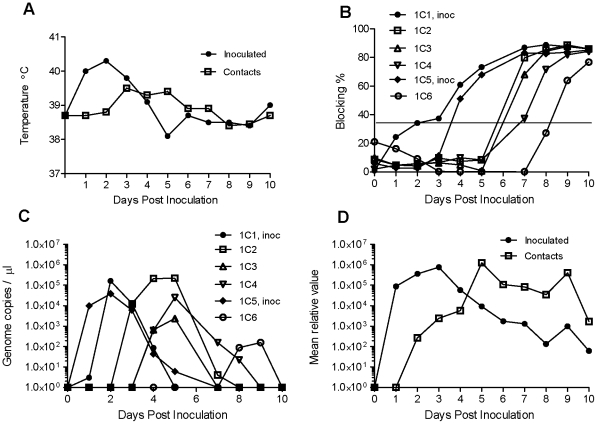Figure 4. Inoculation and infection of bovine calves by the rescued FMDV Asia-1/BAM/AFG/L590/2009.
Calves 1C1 and 1C5 were inoculated into the tongue with the rescued virus (107 TCID50) and housed in contact with 4 control animals (in 2 separate pens containing calves 1C1-1C3 and 1C4-1C6 respectively). The calves were monitored for clinical signs (including temperature, note these are mean values for the animals within each group for clarity, panel A) and the presence of lesions in the mouth and on the feet). Oral fluid was collected as swab samples, in addition blood samples were obtained and the serum was assayed for the presence of anti-Asia 1 FMDV antibodies (panel B) in a screening assay using a single dilution of serum (1∶10). Positive samples (blocking >35%, which is the diagnostic cut off point and indicated by a horizontal line) were titrated (see Table 4). The level of FMDV RNA in serum samples was also determined by real-time PCR and expressed as the number of RNA copies/µl serum (panel C) and the presence of FMDV RNA in mouth swab samples (mean of the values determined for each group) is indicated in panel D. Note, due to differences in the amount of sample collected on a swab the level of FMDV RNA has not been converted to the number of genome copies but expressed in relative terms.

